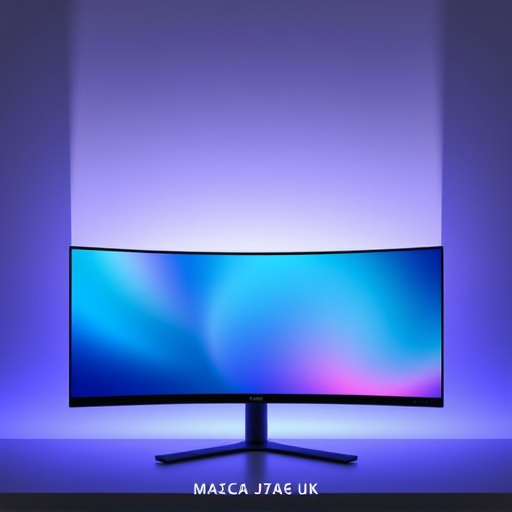8K displays, with resolutions up to 7680×4320 pixels, offer a significant leap in visual technology compared to HD (1080p) and QHD (1440p). They provide sharper images, detailed gaming experiences, and enhanced video quality. While demanding more resources, they revolutionize professional content creation and entertainment, with future research aiming for even higher resolutions like 16K. Balancing resolution with screen size and use case is crucial for optimal viewing experiences.
Understanding computer display resolutions is crucial in today’s digital era, where visual clarity plays a vital role. From Standard High-Definition (HD) to the latest 8K displays, technology continues to revolutionize our viewing experiences. This article delves into the intricacies of display resolutions, exploring standards like HD and the emerging 4K and 8K technologies. We’ll discuss their advantages, considerations, and the technology behind them, guiding you in choosing the ideal resolution for your needs, be it for work or entertainment.
- What is Display Resolution?
- Standard High-Definition (HD) Resolutions
- The Rise of Ultra HD (4K) Displays
- Exploring 8K Displays: Current State and Future Prospects
- Advantages and Considerations of Higher Resolutions
- Technology Behind High-Resolution Displays
- Choosing the Right Display Resolution for Your Needs
What is Display Resolution?
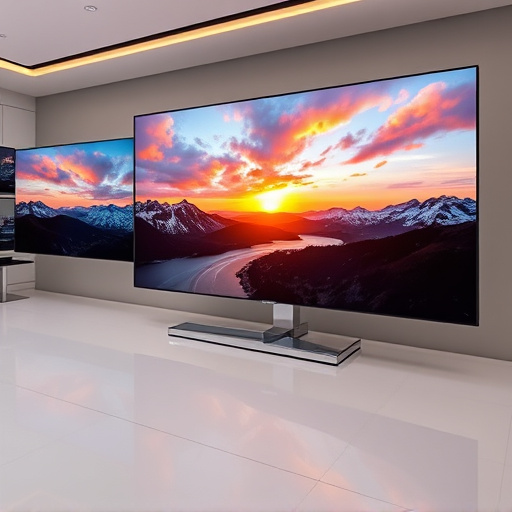
Display resolution refers to the number of pixels a computer display can show, measured by the width and height of these tiny individual elements. It’s essentially how sharp and detailed an image appears on your screen. When we talk about 8K displays, for instance, it means the screen has a staggering 7680 horizontal pixels and 4320 vertical pixels, resulting in incredibly lifelike visuals with minute detail. This is a significant leap from popular HD (1080p) and QHD (1440p) resolutions, paving the way for more immersive gaming experiences, sharper videos, and clearer text.
Standard High-Definition (HD) Resolutions
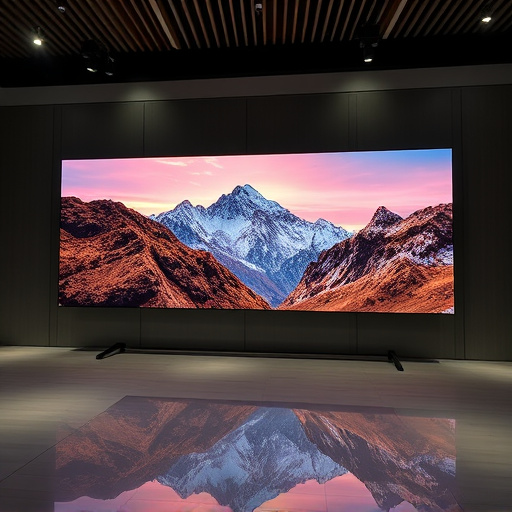
High-Definition (HD) resolutions have become the industry standard for computer displays, offering a significant improvement in visual quality over traditional Standard Definition (SD) screens. Typically, HD displays boast resolutions of 1280×720 pixels (720p), providing sharp and detailed images, making them ideal for everyday tasks, streaming media, and gaming at lower settings.
With the rise of more demanding applications and an increasing appetite for immersive visual experiences, 8K displays have emerged as the next frontier. Resolution in these cutting-edge screens goes up to a staggering 7680×4320 pixels, offering four times the detail of 4K and eight times that of 1080p (Full HD). This extreme sharpness is perfect for professional tasks requiring intricate details, such as graphic design and video editing, and also provides an unparalleled cinematic experience for enthusiasts.
The Rise of Ultra HD (4K) Displays
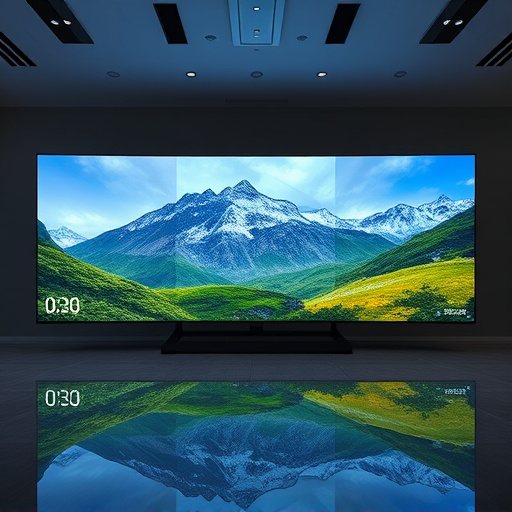
The introduction of Ultra HD, or 4K, displays marked a significant shift in computer visuals. With four times the resolution of traditional HD screens, these advanced panels deliver incredibly detailed and crisp images, bringing content to life like never before. This rise in popularity is largely driven by the increasing availability of 4K media and the growing demand for immersive visual experiences, from streaming high-definition movies and TV shows to demanding graphic design and video editing tasks.
As technology continues to evolve, the next logical step is the emergence of 8K displays. Offering an even higher pixel density than 4K, these cutting-edge panels promise unparalleled picture quality. With eight times the resolution, 8K displays deliver truly stunning visuals, making them a game-changer for professionals in fields like film, architecture, and design, as well as for avid gamers and home entertainment enthusiasts seeking the ultimate visual feast.
Exploring 8K Displays: Current State and Future Prospects
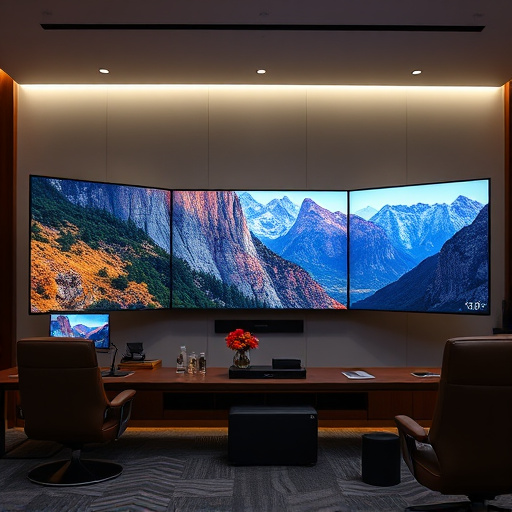
The emergence of 8K displays marks a significant step forward in visual technology, offering resolutions up to 7680 x 4320 pixels. Currently, these ultra-high-definition panels are making waves in professional settings like filmmaking and photography due to their ability to capture and display intricate details with remarkable clarity. As consumer adoption grows, 8K displays are expected to become more accessible, promising an immersive viewing experience for everything from movies and games to everyday tasks.
Looking ahead, the future of 8K displays appears promising with ongoing research exploring even higher resolutions like 16K and beyond. Advancements in panel technology, processing power, and content creation tools will be pivotal in realising these next-generation visuals, pushing the boundaries of what we consider possible today.
Advantages and Considerations of Higher Resolutions

Higher resolutions, particularly in the realm of 8K displays, offer a multitude of advantages for users. These ultra-high pixel densities provide incredibly sharp and detailed visuals, enhancing both static images and dynamic content. With 8K, fine details become noticeably more distinct, making it ideal for tasks like professional design work or enjoying cinematic experiences with enhanced realism.
However, considering the shift towards higher resolutions also requires thoughtful planning. Higher resolution means larger file sizes, placing a greater demand on both hardware and software capabilities. For instance, running applications or playing games at 8K may require powerful processors and dedicated graphics cards to maintain smooth performance. Additionally, while the visual improvement is striking, it might not always be necessary for all viewing situations, necessitating a balance between resolution and other factors like screen size and intended use.
Technology Behind High-Resolution Displays
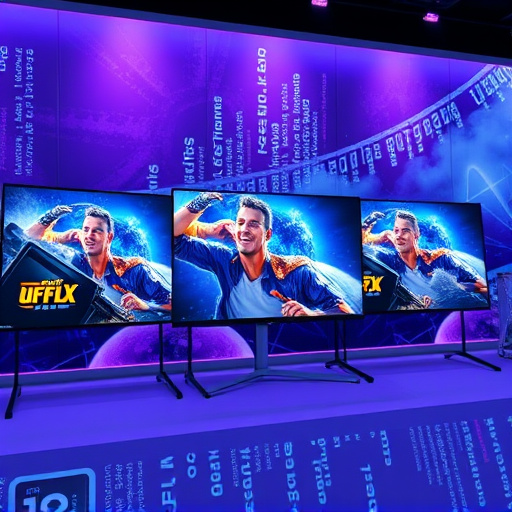
The technology behind high-resolution displays, particularly 8K displays, has evolved significantly over the years. These advanced screens offer immense visual detail by boasting resolutions as high as 7680 x 4320 pixels, a vast improvement from standard HD or even QHD (Quad High Definition) displays. This remarkable clarity is made possible through innovative panel technologies such as IPS (In-Plane Switching), VA (Vertical Alignment), and OLED (Organic Light-Emitting Diode). Each of these technologies has its strengths, contributing to improved color accuracy, deeper blacks, and wider viewing angles, ensuring that images and text appear sharp and lifelike from almost any perspective.
Moreover, 8K displays incorporate enhanced features like high refresh rates, reaching up to 144Hz or even 240Hz, which further enhance the visual experience, especially for fast-paced content like video games or sports broadcasts. These displays also employ advanced image processing algorithms to upscale lower-resolution content, ensuring that older media still looks crisp and detailed. The combination of these technological advancements makes 8K displays a true testament to modern screen technology, pushing the boundaries of what’s possible in visual storytelling and entertainment.
Choosing the Right Display Resolution for Your Needs
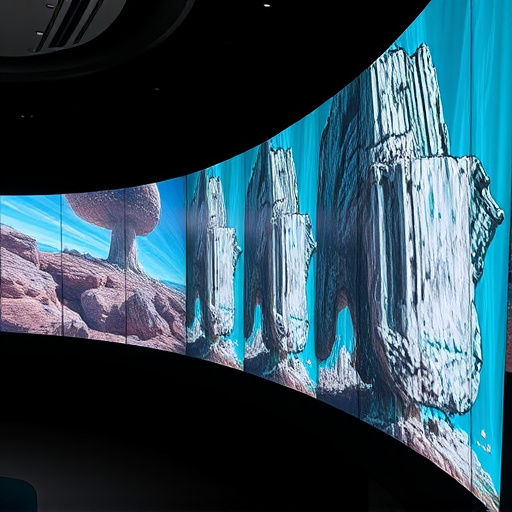
Choosing the right display resolution is an essential step in ensuring an optimal viewing experience, tailored to your specific needs. While standard High Definition (HD) resolutions like 1080p offer crisp and clear pictures for general tasks, they may not be suitable for detailed work or gaming enthusiasts.
With the advent of 4K and even 8K displays, there’s a vast array of options available. 8K displays, boasting resolutions up to 7680 x 4320 pixels, provide incredibly sharp images, perfect for professionals in graphic design, video editing, or photography who demand the finest detail. However, for casual users or those on a budget, lower resolutions can still deliver an excellent visual experience without the higher cost and resource requirements of higher-end displays.
In the ever-evolving landscape of display technology, understanding resolutions beyond HD and 4K is essential. The introduction of 8K displays marks a significant step forward, promising an immersive visual experience with unprecedented detail. However, as we explore the current capabilities and future prospects, it’s crucial to weigh the advantages—such as enhanced clarity and color accuracy—against considerations like cost and content availability. By choosing the right display resolution tailored to your needs, whether for entertainment or professional work, you can unlock the full potential of modern visual technology.
